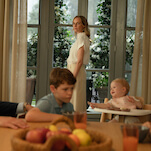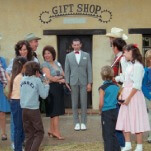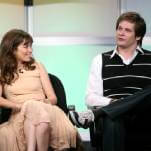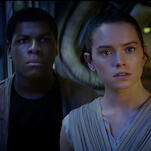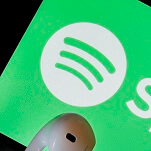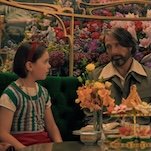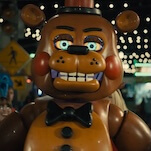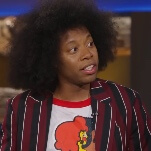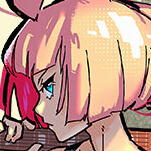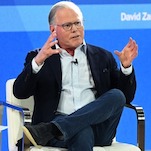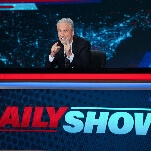Go behind the scenes of RuPaul’s Drag Race, one of the most radical shows on TV
RuPaul’s Drag Race might be the hardest show to get a skeptical viewer to watch, but it’s absolutely the easiest one to keep them watching. Sure, the concept of drag might seem impenetrable to the casual viewer, or maybe they’re just not all that interested in the pageantry of it all. But what tends to keep people watching, even those without a taste for couture, is the culture. There’s a deep history to drag, not to mention a labyrinthine language and attitude that manifests in ways the camera can’t help but drool over. Elaborate costumes, stinging verbal barbs, satirical sketches, and lip-syncing might not seem revolutionary on the surface, but the show has sparked innumerable conversations about gender identity and sexuality across its nine seasons. Not only is this good for cultural discourse, but also for the normalization of the LGBTQ experience.
A new, exhaustive piece on both the series and RuPaul Charles himself just appeared in The New York Times. It contains multitudes: interviews with Charles, former contestants, and longtime drag icons; a thorough breakdown of the show’s appeal; reporting of the blowback it faced from the trans community; an in-depth look at differences in identity politics between generations.

























